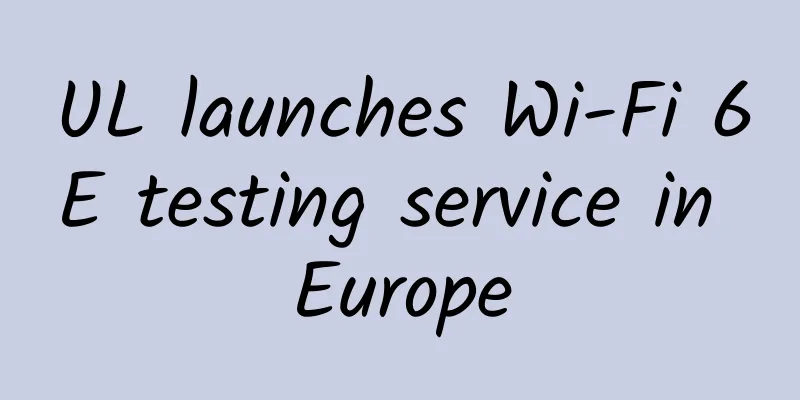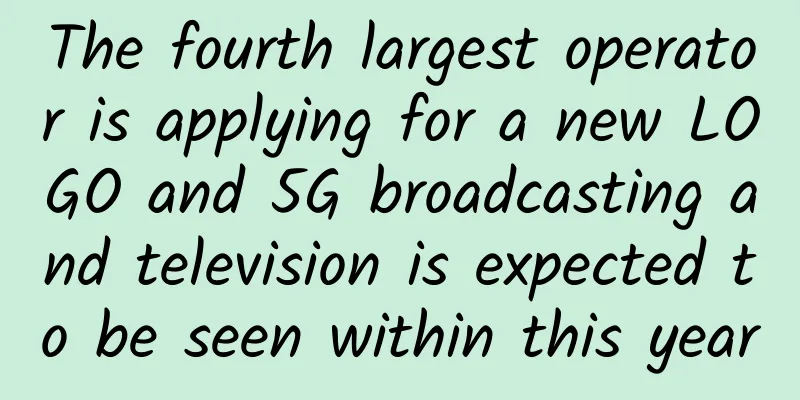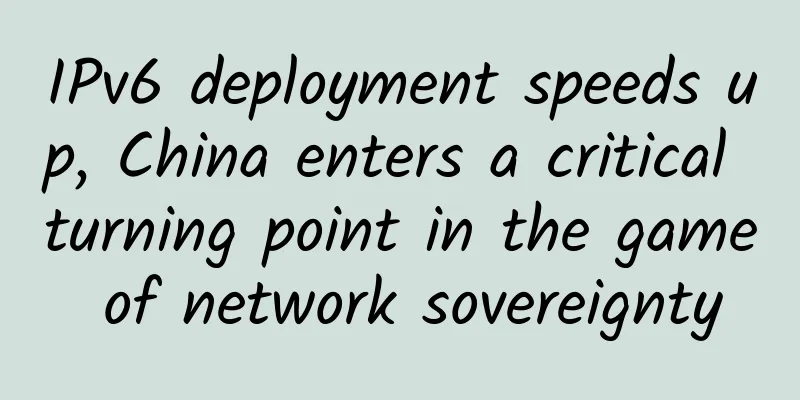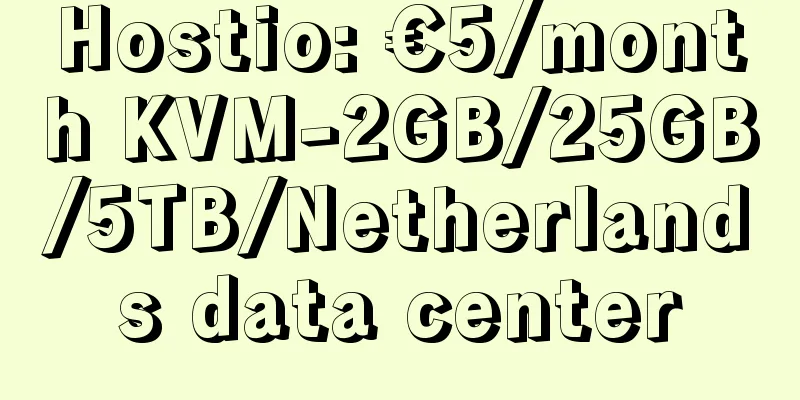UL launches Wi-Fi 6E testing service in Europe

|
UL announced this month that it has begun offering Wi-Fi 6E testing capabilities at multiple European sites to meet regulatory requirements in the United States and Europe. UL said its laboratories in Basingstoke, UK, and Stuttgart, Germany, are the first and only Wi-Fi 6E testing facilities in Europe, meeting the urgent need for Wi-Fi 6E wireless testing and certification services. UL (Underwriters Laboratories) is a leading global independent safety science company with over 117 years of history.
These facilities provide startups, scale-ups and large companies with state-of-the-art technologies, as well as comprehensive service solutions including certification to meet global market regulatory requirements for the smooth introduction of Wi-Fi 6E-enabled products. UL said its Wi-Fi 6E service, supported by the latest equipment and customized software with greater automation capabilities, significantly reduces turnaround time and helps ensure consistency in testing and reporting between labs around the world. “Accelerating time to market with new Wi-Fi 6E technology innovations and product safety is critical to our customers’ success in bringing future-proof Wi-Fi upgrades to market,” said Maan Ghanma, director of Consumer Smart Solutions for UL’s Healthcare and Information Technology division. “That’s why we are proactively addressing the potential challenges facing wireless technology manufacturers and their suppliers and increasing our Wi-Fi 6E investments to test a wide range of devices.” As UL summarizes:
To harness the power of and show confidence in this new technology, telecom product makers including routers and phones with Wi-Fi 6E capabilities made high-profile announcements at CES earlier this year. “Given the growth in demand for Wi-Fi 6E and UL’s global reach with labs strategically located in Asia, Europe and the Americas, we are well positioned to support our customers’ Wi-Fi 6E product launches in their target markets around the world with the advantage of our global market access services covering more than 190 countries around the world,” said UL’s Ghanma. UL’s long-standing expertise in wireless communications continues, with its experts taking leading positions in standards committees and regulatory forums. In addition, UL’s Telecommunications Certification Body (TCB) is the first to issue a Federal Communications Commission (FCC) grant for Wi-Fi 6E products. TCBs are authorized organizations that have the authority to issue certificates to comply with FCC rules and regulations. “Advances in healthcare through telehealth and mHealth, improved workplaces through digital collaboration through video conferencing and cloud applications, expanded education through digital learning, and the increasing use of robotics and automation in retail stores are driving the need for accelerated deployment of Wi-Fi 6E technology, which delivers a more robust, high-speed network infrastructure,” said Mark Briggs, director of wireless certification at UL and member of the TCB board of directors. UL’s expansion of Wi-Fi 6E complements its range of related services, including Specific Absorption Rate (SAR), Electromagnetic Compatibility (EMC) and interoperability, offered at its laboratories in Silicon Valley, U.S., and Suwon, South Korea. |
<<: 5G gas stations require mid-band frequencies
>>: Interviewer: Tell me what happens after you enter the URL in the address bar and press Enter?
Recommend
What else does 5G have besides being fast?
The chaos in the domestic communications industry...
Will an Ethernet splitter reduce my internet speed?
This article provides a detailed summary of Ether...
Satellite Internet or 5G, which is cheaper?
Just as a manned spacecraft was sent into space, ...
Huawei launches Global Industry Vision 2025: Uncovering the industrial landscape of the intelligent world
Huawei recently released its Global Industry Visi...
HostYun: Hong Kong/Japan/Australia/Russia/South Korea/Los Angeles, etc. CN2 GIA/AS9929 monthly payment starts from 16 yuan
HostYun is a long-established low-cost VPS hostin...
BalHost: $1.73/month-2GB/35G SSD/1Gbps unlimited traffic/Türkiye data center
Here is some information about Turkey VPS. The Ba...
Hawking: Automation and artificial intelligence could replace 77% of jobs in China
[51CTO.com original article] World-renowned physi...
If you don’t know IPv6, you are out of date. What is IPv6?
When using mobile apps, have you noticed that the...
As the wave of 5G security approaches, how can we play the 5G security card well?
From 2G to 4G, mobile networks have become an ind...
Beat 5G! German team achieves the fastest wireless transmission to date, 14G data per second
Although 5G has not yet become popular, scientist...
VMISS newly launched Hong Kong BGPV3 node, 20% off, starting from 21 yuan/month, optional CN2 GIA/9929/CMIN2, etc.
VMISS has newly launched the Hong Kong BGP V3 nod...
In which industries can blockchain be applied?
In recent years, blockchain technology has become...
Forecast of new technology trends such as 5G/NB-IoT/LTE-Cat1/LoRa/Bluetooth/WiFi
Regarding the Internet of Things, the importance ...
What are some use cases for network automation?
As the networks run by enterprises become increa...
Six good habits and 23 lessons that Linux operation and maintenance must know to avoid pitfalls!
I have been engaged in operation and maintenance ...









